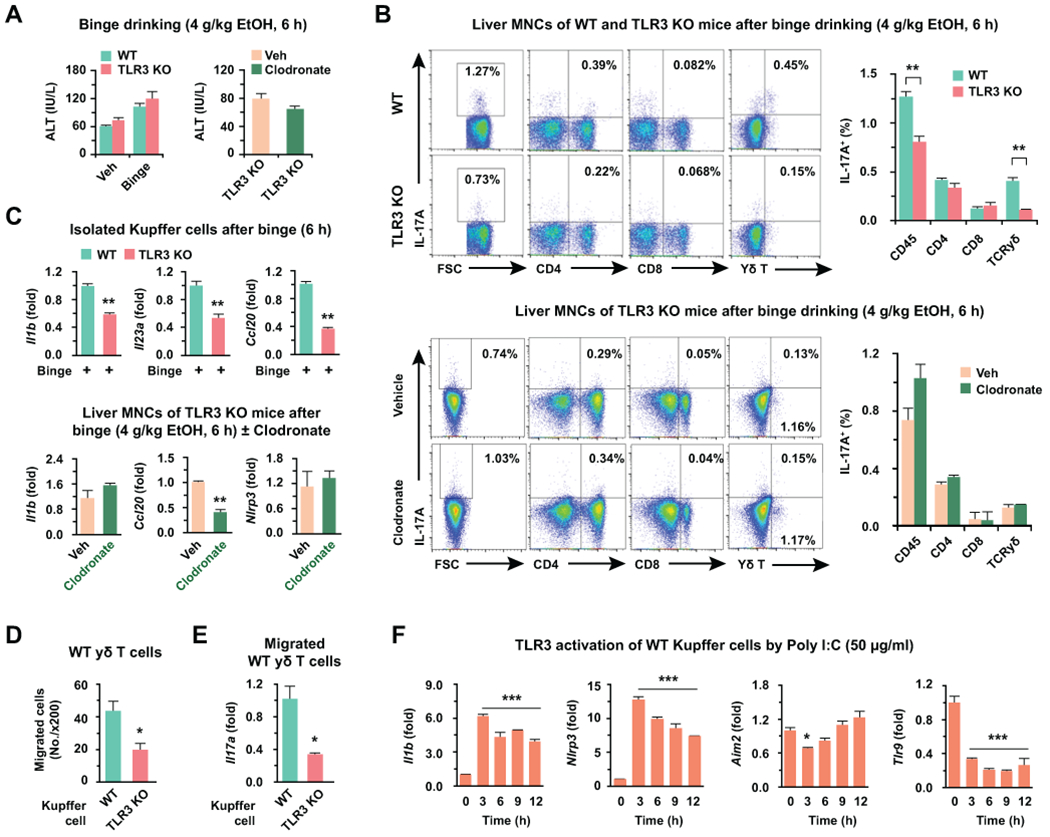Fig. 5. Ablation of TLR3 decreases IL-17A production in γδ T cells in acute alcoholic liver injury.

Wild type (WT) and toll-like receptor 3 (TLR3) knockout (KO) mice were fed with 4 g/kg of ethanol (binge drinking) for 6 hours with or without 2-day pretreatment with clodronate (10 μl/g) (n = 5/group). (A) Serum level of ALT were measured. (B) IL-17A expressing liver MNCs were analyzed by flow cytometry in WT and TLR3 KO mice or in TLR3 KO mice with or without clodronate treatment. (C) After binge drinking, gene expression was assessed by qRT-PCR in freshly isolated Kupffer cells from WT and TLR3 KO mice, or TLR3 KO mice with or without clodronate. (D, E) WT γδ T cells were co-cultured with WT and TLR3 KO Kupffer cells for 12 hours after pretreatment with EtOH-Exo (4 hours) using 3 μm pore-sized Transwell systems. Then, migrated γδ T cells were counted under the microscope (D; x200 magnification) and subjected to qRT-PCR analyses (E). (F) Gene expressions were analyzed after poly I:C stimulation in primary WT Kupffer cells (3 replicates). Data are expressed as the mean ± SEM. *P < 0.05, **P < 0.01, ***P < 0.001 compared to the corresponding control, based on unpaired t-test between two groups and one way ANOVA with Dunnett’s test for multiple comparison vs control.
